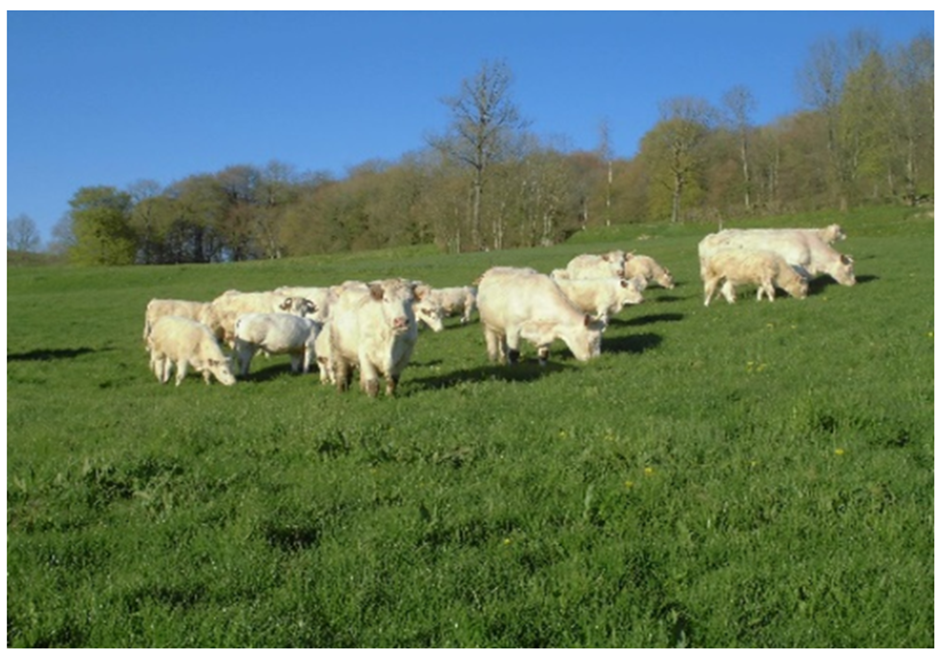Introduction to the challenge addressed
Of the 10 million hectares of natural grassland in France, at least half can never be land, strictly speaking, "cultivated". However, grasses and fodder legumes are able to enhance these spaces.
Some lands are difficult to cultivate. The causes are multiple. This may be due to pedo-climatic reasons, relief, springs, rock or other natural constraints. Some fodder plants can nevertheless give these plots a value for human food, through the animal (red meat and dairy products the most varied).
Description of Good Practice
Indeed, livestock and especially ruminants in areas with little or no cultivability consume mainly plant products that cannot be directly valued by humans (crop residues, co-products of the agri-food industries, fodder , etc.).
Grasses and forage legumes produce a diet that is not only best suited to the herbivore, but also almost always balanced in energy/protein. On the other hand, grasslands perform essential functions for the environment. They contribute to water management, carbon storage, insect biodiversity, fauna and flora. They are also an important component of landscapes and the living environment. The CAP2ER tool, that estimates the contribution of agricultural activities to climate change also integrates other criteria such as the eutrophication of water, the contribution of the farm to the maintenance of biodiversity or the nurturing performance of the farm (the number of people it manages to feed with its production). And the role of grassland and of its maintenance is a key element.
For each situation, there are suitable plants, possible cultivation routes and possible modes of exploitation. These constraints can be related to excesses or deficits of water, prolonged or short durations, exceptional or regular. The constraints can also relate to temperatures, cold in winter, summer heat wave. Finally, the mode of exploitation envisaged, grazing, mowing or mixed, will finally determine the right species to choose.
Francis, who raises about thirty cows on an area of 62 hectares, mainly permanent meadow, in Seine-Maritime, chose to favor a grassy diet. The breeder has also integrated a few hectares of temporary meadows at the head of the rotation adapted to the type of soil. The 100% grassy system is well adapted to Normandy, a region conducive to the growth of grass, but it is also adapted to fragmented plots, sloping, etc.
Impact on farm performance
For Francis, this system ensures food autonomy with quality fodder available to feed his cows in winter. Calves are also fed from farm productions (e.g. flattened barley for weaning). Apart from the investment in hay storage building, the practice was not costly for the farmer. Some constraints are to be noted: this system requires control of the grass harvest (optimal stage) and monitoring of grazing cows.
Today we have technical knowledge and tools to better value the grasslands. Beyond their use by ruminants, they have many advantages, whether environmental, product quality, animal and human health, or vis-à-vis climatic and economic hazards. But there is still a need to better quantify the services provided by grasslands, to better assess their responses to climatic hazards and to have them better recognized. In particular, while the ecosystem benefits of pastures are well recognized as such, the positive impacts of their conservation have yet to be quantified in methods. Indeed, it is not taken into account today in the models and in the arguments that keeping pastures has a positive impact on the environment.
Audio-visual material

Farmer comment
Maintaining the grasslands on my farm, apart from the obvious environmental benefits (carbon and biodiversity), has allowed me to be food self-sufficient and to enhance the farm's production, producing healthy food and quality production while helping me reduce my costs.